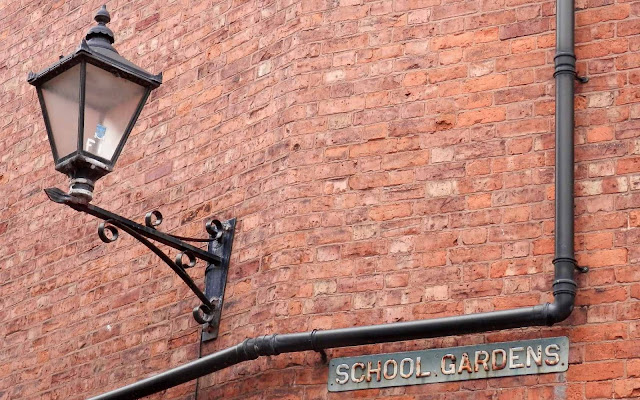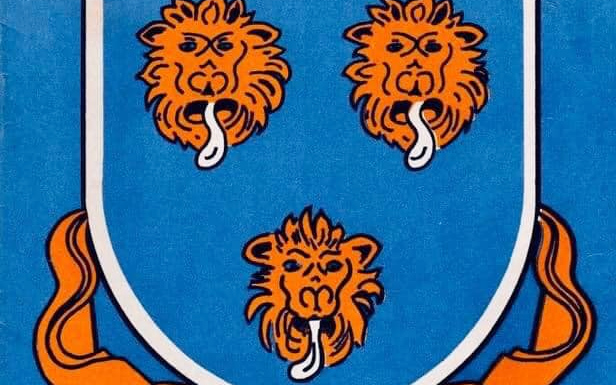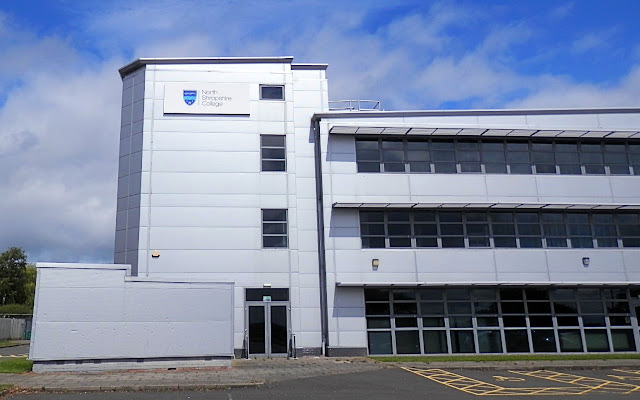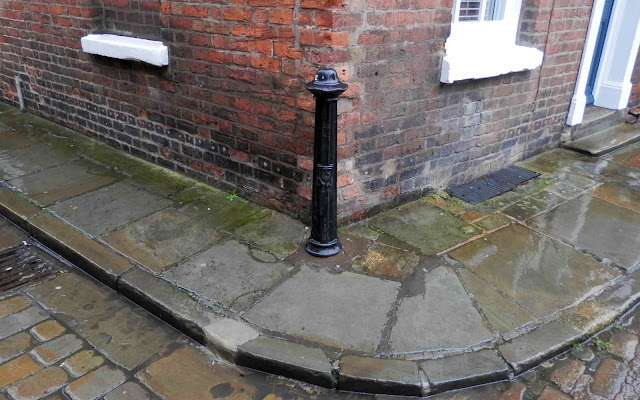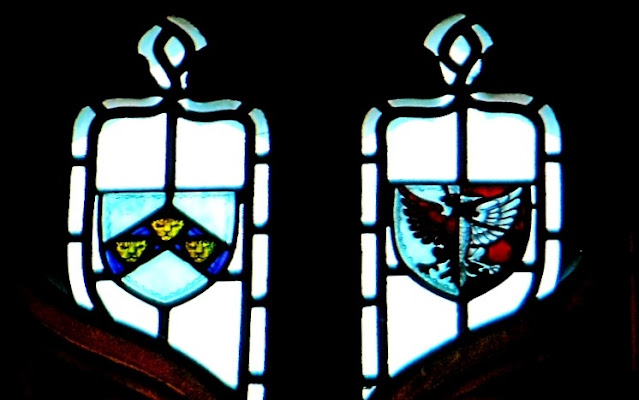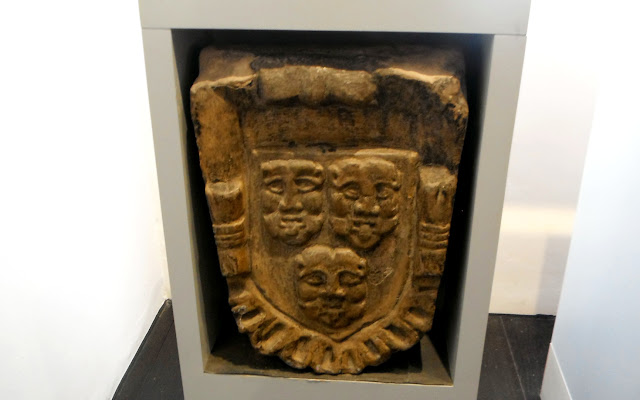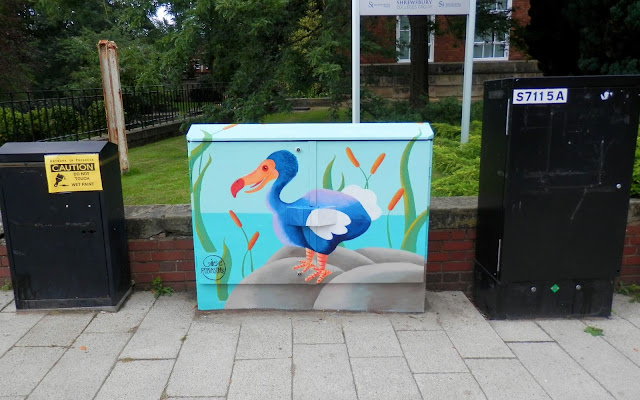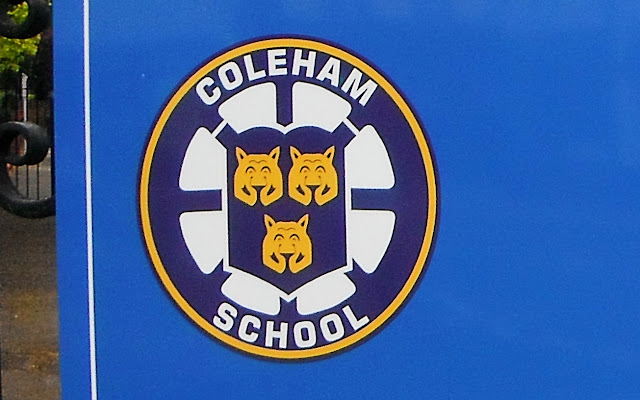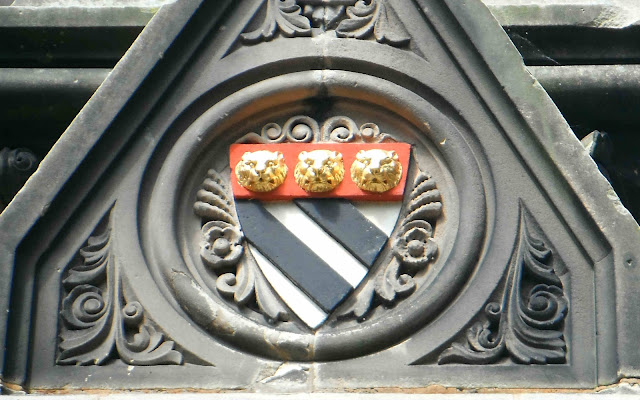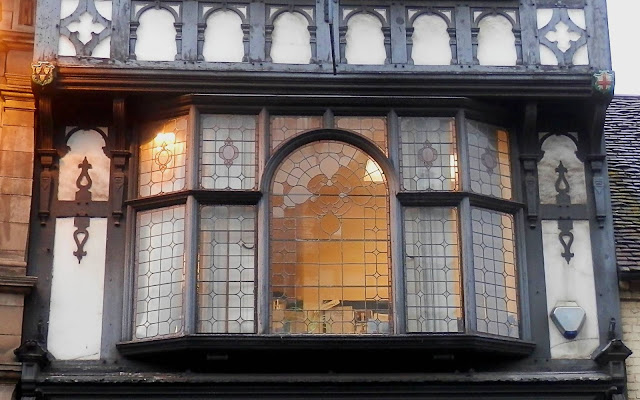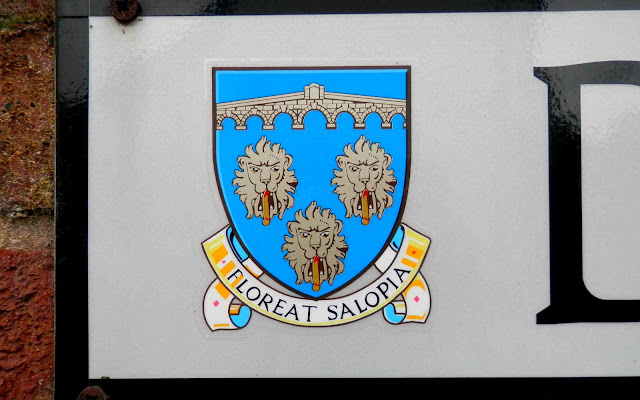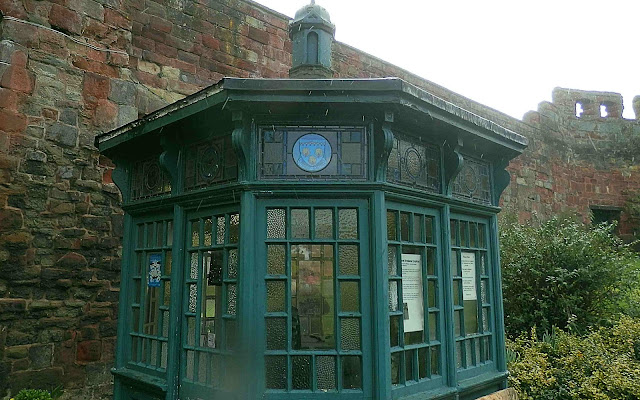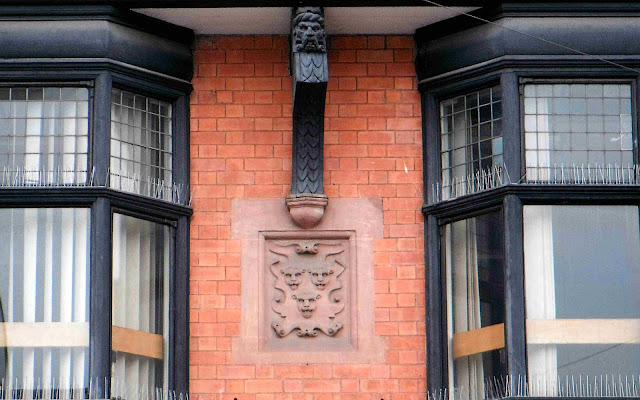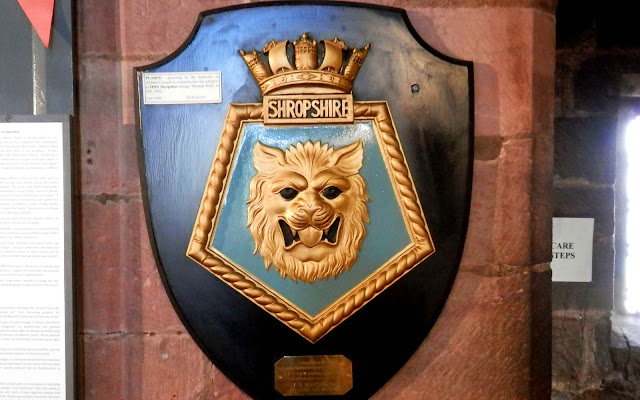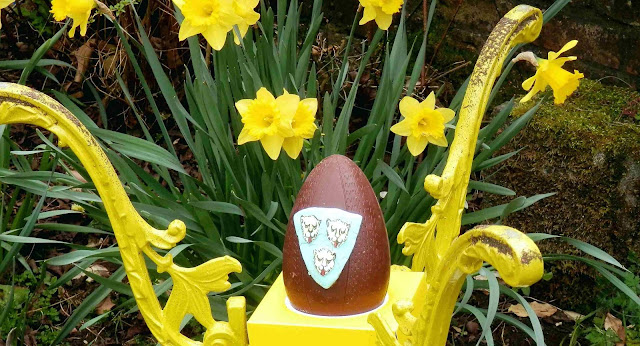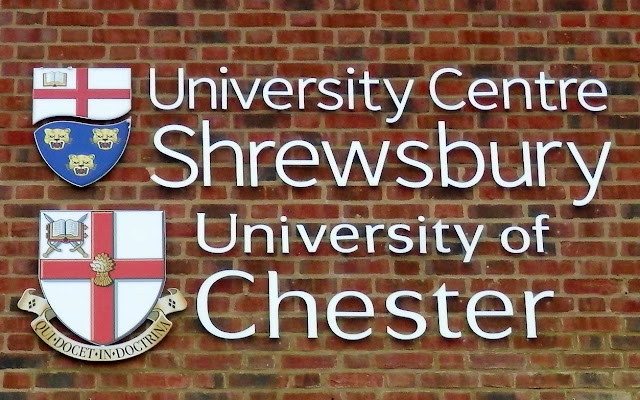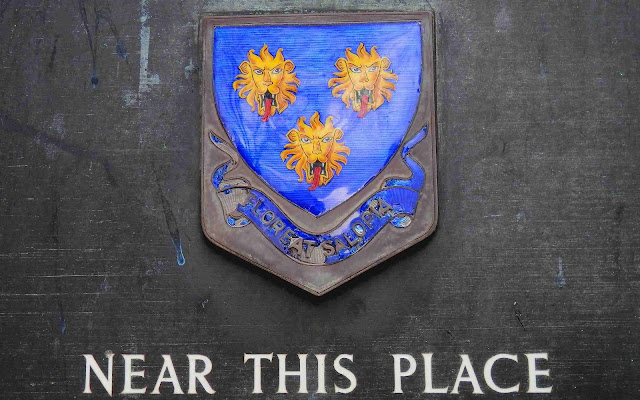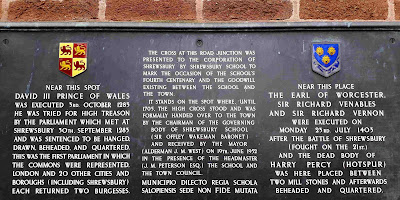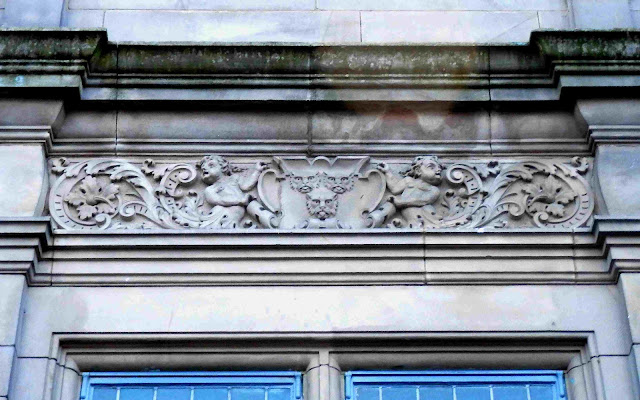It’s not as well-known a fact as it should be, but there is a Shropshire Society In London group – made up of former Salopians now based in the capital. They honour their home county often; and this year they contributed a tree to the Decorated Christmas Tree Festival at St Chad’s Church in Shrewsbury.
As you can see, the Salop loggerheads form the society’s badge. As they should…
+
To comment on this post, just use the Comments field down this page or email us direct.
To get an email alert into your inbox every time we make a new post (about once a week), just click 'Subscribe & Follow' (at the top of the column to the right on this page) and just fill in the form


